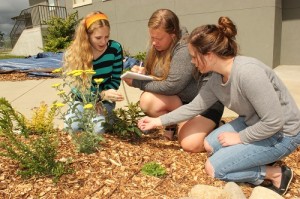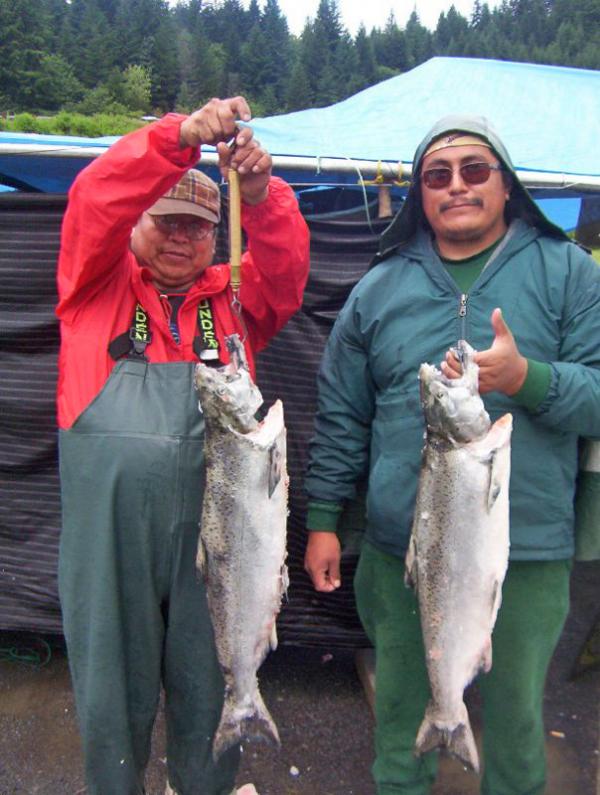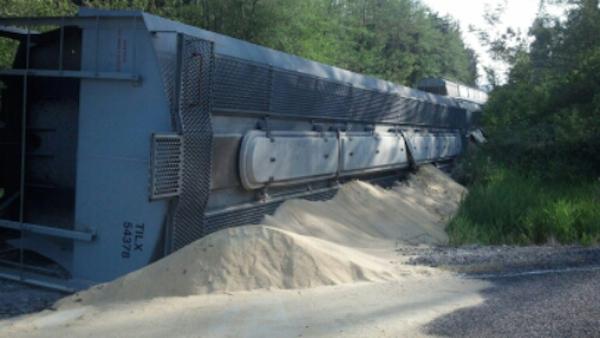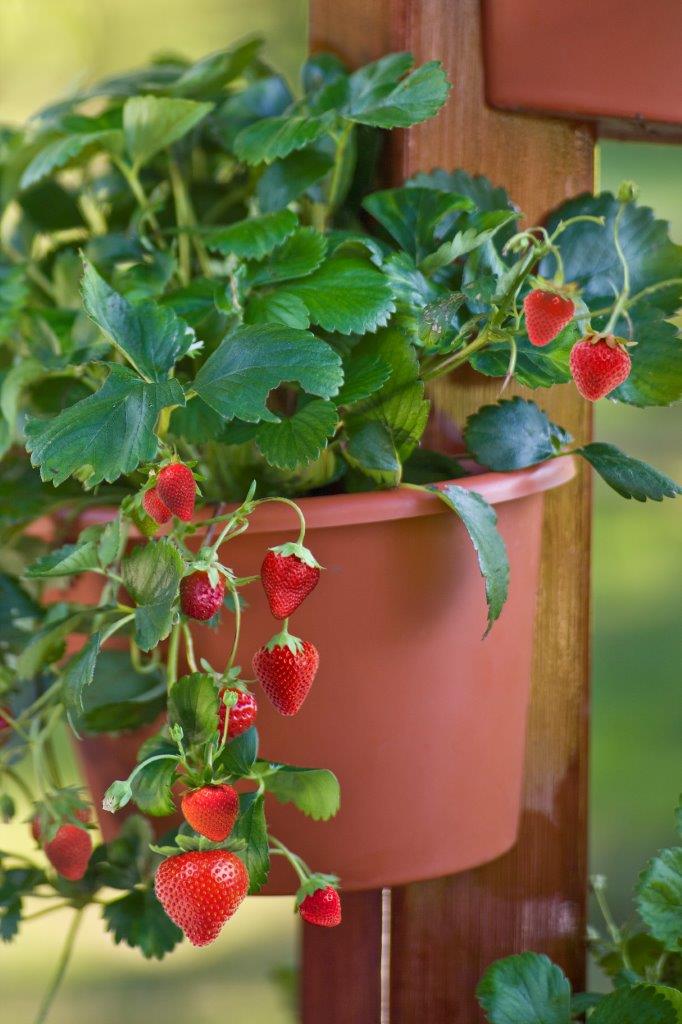By Mike Stobbe, Associated Press
NEW YORK — The baby recession may be at an end: After a five-year span in which the number of children born in the United States dropped each year, 2013 saw a minute increase.
According to a new government report, the number of babies born last year rose by about 4,700, the first annual increase since 2007.
It’s a “very, very, very slight” increase, said the lead author of the new report, Brady Hamilton of the Centers for Disease Control and Prevention.
Experts have been blaming the downward trend mainly on the nation’s economy, which was in recession from 2007 to 2009 and wobbly for at least two years after that. Many couples had money problems and felt they couldn’t afford to start or add to their family, they believe.
Now the economy has picked up and so has child-bearing, at least in women ages 30 and older — the teen birth rate dropped sharply once again, and birth rates still fell for women in in their 20s.
Falling deliveries was a relatively new phenomenon in this country. Births were on the rise since the late 1990s and hit an all-time high of more than 4.3 million in 2007. Then came the drop attributed to the nation’s flagging economy.
Both the number of births and birth rate fell fairly dramatically through 2010. Then the declines became smaller. In 2012, the number of births was only a few hundred less than in 2011.
Last year’s tally was a little under 4 million.
The nation also may be seeing a more pronounced shift to having children a bit later in life, said Rob Stephenson, an Emory University demographer focused on reproductive health. That follows a trend western Europe experienced more than a decade ago, he said.
“Maybe the new norm is having children in your 30s,” he said.
The birth rate for women in their early 30s inched up in 2012 for the first time since 2007. It rose again in 2013, by 1 percent. The birth rates for women in their late 30s and early 40s rose by 3 percent and 1 percent, respectively.
Some of these older moms probably were women who put off having kids a few years ago, when money was tighter, but now are responding to their biological clocks, said John Santelli, a Columbia University professor of population and family health.
“At some point, you can’t wait any longer,” he said.
But he also agreed that it’s become more common for women to pursue education and career goals through their 20s and delay starting families until later.
The CDC report is based on a review of more than 99 percent of U.S. birth certificates from 2012. The government released the report Thursday.
Other highlights:
—The number of births rose a little for both white and black women. It stayed the same for Hispanic and Native American moms. And for some reason experts can’t explain, it fell 2 percent for Asian moms.
—The birth rate dropped less than 1 percent, to just under 63 births per 1,000 women of child-bearing age. That’s the lowest it’s ever been, according to U.S. health records.
—The total fertility rate also fell, by 1 percent. That statistic tells how many children a woman can be expected to have if current birth rates continue. The figure was 1.87 children last year. Experts say 2.1 is a goal if you want to keep the population at its current size.
—A little under 33 percent of births last year were delivered through Cesarean section — a slight drop from the rate over the previous two years. C-sections are sometimes medically necessary. But health officials believe many are done out of convenience or unwarranted caution, and in the 1980s set a goal of keeping the national rate at 15 percent.
—There was a continued decline in the rate of births delivered at less than 37 weeks into the pregnancy. The preterm birth rate, as it is called, fell to about 11 percent in 2013. It has been declining since 2006.
—The teen birth rate fell 10 percent from 2012, the largest decline since the 10 percent drop between 2009 and 2010. Birth rates for teen moms have been falling since 1991 and this marks yet another historic low. The number of babies born to teens last year — about 275,000 — is less than half the peak of nearly 645,000 in 1970.
Experts attribute the decline to a range of factors, including less sex and more use of contraception. But they admit being stunned by the velocity of the drop.
“Everybody’s wondering why, but everybody’s really excited about that,” Santelli said.
—
Read more here: http://www.theolympian.com/2014/05/28/3153620/report-us-births-up-for-first.html#storylink=cpy





















